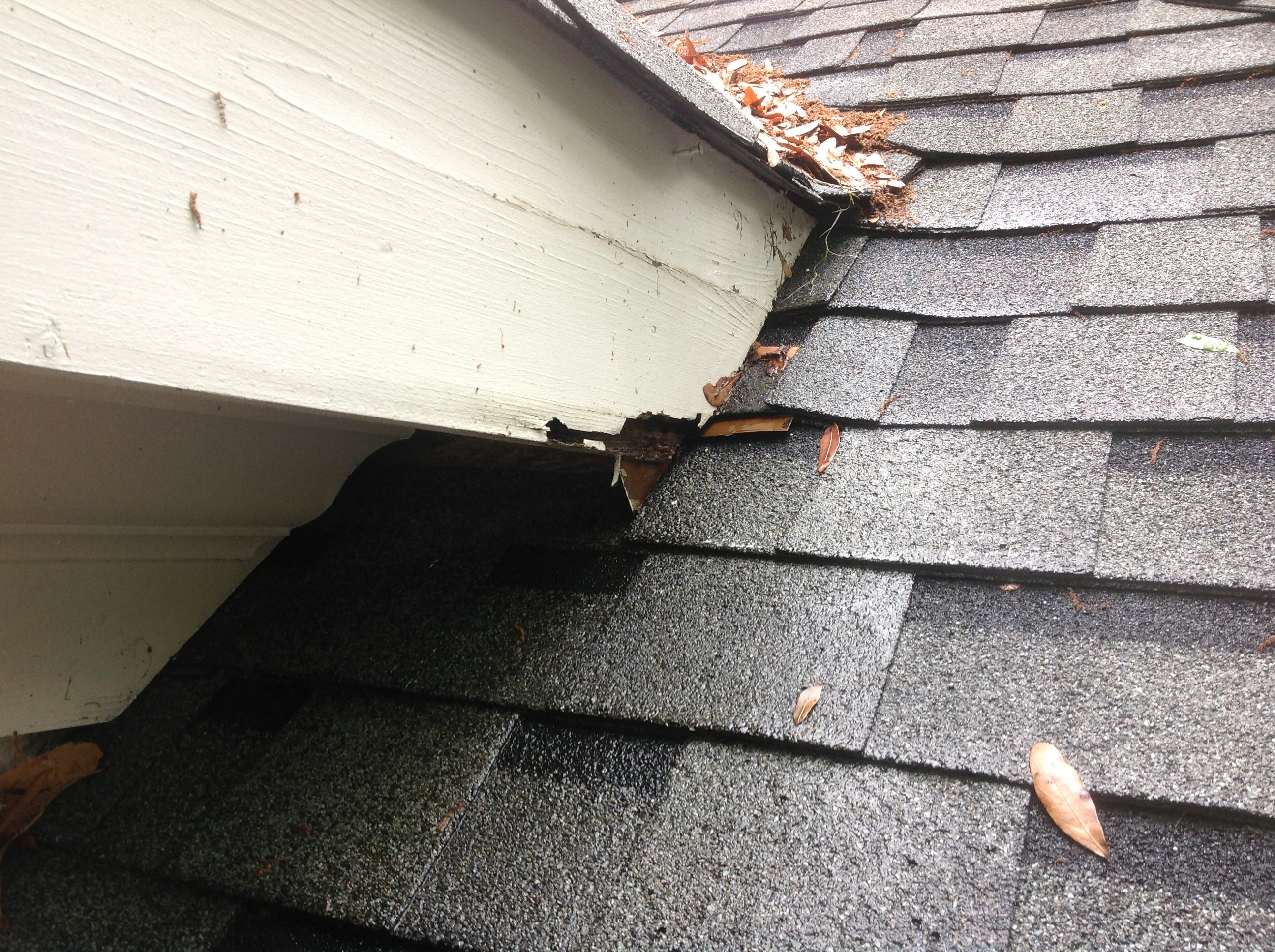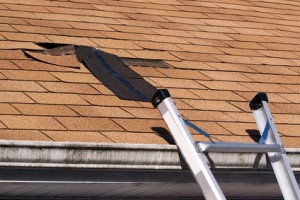Roofing Companies Oahu: Premier Roofers for All Roofing Projects
Roofing Companies Oahu: Premier Roofers for All Roofing Projects
Blog Article
Comprehending the Various Types of Roof Coverings: A Comprehensive Guide for Homeowners
With a selection of options-- varying from the conventional gable to the contemporary flat-- each kind offers distinct benefits and obstacles that need to align with the home owner's specific needs and ecological factors to consider. As we check out the details of different roof covering types, it ends up being obvious that one dimension does not fit all; the right selection might shock you.
Gable Roofing Systems
Saddleback roofs, characterized by their triangular form, are among the most preferred roofing designs as a result of their simpleness and efficiency in dropping water and snow. This layout features 2 sloping sides that meet at a ridge, permitting reliable drainage and decreasing the danger of water buildup. The high pitch commonly related to gable roof coverings improves their capacity to take care of heavy precipitation, making them suitable for various climates.
Along with their practical benefits, gable roofs use visual flexibility. They can be adapted to various building styles, from traditional to modern homes. The design can additionally fit added features such as dormer windows, which enhance natural light and air flow in the attic room room.
Additionally, gable roofing systems provide ample area for insulation, contributing to energy effectiveness. Homeowners can select from a variety of roof materials, consisting of asphalt roof shingles, steel, and floor tiles, even more boosting modification options.
Regardless of their advantages, saddleback roofs might need additional support in areas prone to high winds or heavy snowfall. Generally, the gable roofing stays a preferred choice because of its mix of performance, resilience, and visual charm.
Flat Roofs
Level roofings are usually recognized for their minimalist design and functional applications, especially in commercial and commercial setups (oahu roofing). These roof coverings feature a straight or nearly straight surface area, which permits easy construction and functional space usage. While they might lack the aesthetic allure of pitched roof coverings, flat roofings offer many advantages, especially in metropolitan atmospheres where maximizing area is crucial
Among the main advantages of flat roofings is their availability. Homeowners can make use of the roof area for numerous purposes, such as roof gardens, terraces, or photovoltaic panel installments. Furthermore, level roofing systems are generally more affordable to set up and keep compared to their sloped counterparts, as they require fewer products and labor.
Nevertheless, level roofing systems do present particular obstacles. Proper drain is vital to protect against water pooling, which can bring about leaks and structural damage. For this reason, choosing top quality waterproofing materials and routine inspections are critical for making certain durability. Typical materials utilized for level roofing systems include built-up roof (BUR), changed bitumen, and single-ply membrane layers, each offering distinctive benefits. Overall, level roofing systems offer as a practical and versatile choice for several home owners and businesses alike.
Hip Roofs
Hip roofs are defined by their sloped sides that assemble at the top, forming a ridge. This design is distinct from saddleback roofs, as all 4 sides of a hip roofing incline downwards towards the walls, offering an extra steady structure. The angle of the inclines can differ, enabling versatility in architectural looks and functionality.
One of the key benefits of hip roofs is their ability to withstand heavy winds and negative weather. The sloped surfaces make it possible for much better water drainage, lowering the danger of leaks and water damages. In addition, hip roof coverings offer boosted attic room room, which can be utilized for storage or perhaps converted right into habitable locations.
Nonetheless, creating a hip roofing system can be a lot more complex and pricey than simpler roof kinds, such as gable roofings. The added product and labor associated with creating the slopes and guaranteeing correct architectural integrity can cause higher expenditures. Despite these downsides, lots of property owners favor hip roofing systems for their sturdiness, visual charm, and potential for energy performance.
Mansard Roofs
Mansard roofing systems, usually acknowledged by their distinct four-sided style, function two slopes on each side, with the reduced incline being steeper than the top. This building style, stemming from France in the 17th century, is not only aesthetically appealing yet practical, as it takes full advantage of the useful area in the top floors of a building. The steep lower incline allows for even more headroom, making it an optimal choice for attic rooms or loft spaces, which can be exchanged living rooms.
Mansard roof coverings are defined by their versatility, accommodating various building designs, from conventional to contemporary. They can be created with different materials, consisting of asphalt roof shingles, slate, or metal, giving home owners with a variety of choices visit to match their preferences and budgets. In addition, the style enables for the combination of dormer windows, enhancing all-natural light and air flow in the top degrees.
Nevertheless, it is necessary to consider the potential disadvantages. Mansard roofings may need more upkeep because of the intricacy of their design, and their high inclines can be challenging for snow and rainfall overflow. In general, mansard roof coverings integrate style with practicality, making them a prominent option among home owners seeking distinct architectural functions.
Shed Roof Coverings
As home owners increasingly look for simpleness and functionality in their building layouts, lost roofing systems have actually emerged as a popular selection. Defined by a solitary sloping airplane, a shed roof covering offers a minimalist visual that complements various home designs, from modern to rustic.
Among the key advantages of a shed roofing is its simple building and construction, which frequently equates to decrease labor and material costs. This layout permits for effective water drainage, minimizing the threat of leakages and water damage. Furthermore, the upright slope gives enough important source room for skylights, enhancing natural light within the inside.
Lost roof coverings also use versatility in terms of usage. They can be properly integrated right into enhancements, garages, or exterior frameworks like pavilions and sheds. In addition, this roofing style can fit various roof covering materials, consisting of steel, asphalt shingles, and even eco-friendly roofing systems, lining up with environmentally friendly efforts.
However, it is necessary to think about local climate problems, as heavy snow lots may require modifications to the roofing system's angle or structure. On the whole, shed roofing systems offer a practical and visually pleasing alternative for homeowners wanting to optimize capability without jeopardizing design.
Conclusion


Gable roofing systems, characterized by their triangular shape, are amongst the most popular roof covering designs due to their simpleness and performance in losing water and snow. oahu roofing. The high pitch generally associated with gable roofing systems boosts their ability to manage hefty rainfall, making them suitable for different environments
While they may do not have the visual allure of pitched roofs, flat roofing systems offer countless benefits, specifically in urban atmospheres where optimizing area is critical.

Report this page